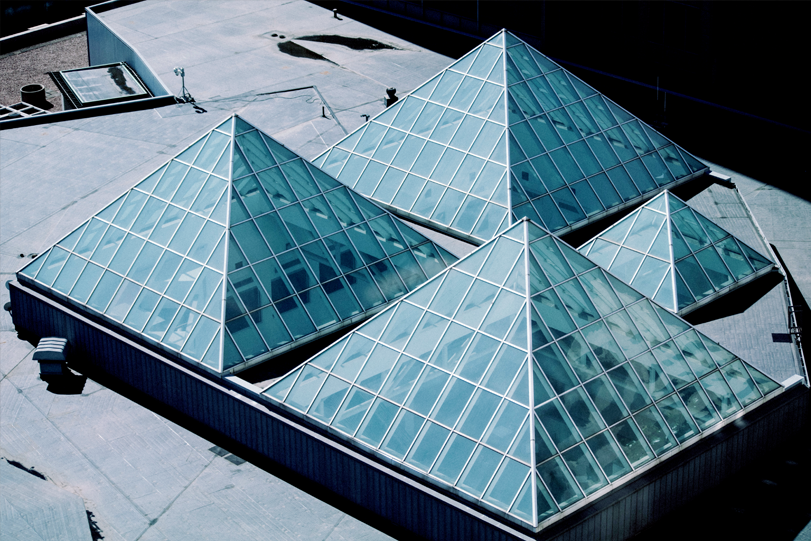Standing at the forefront of the fight against climate change, India has set some ambitious sustainability targets. Our government has committed to reducing emissions to 35 per cent by 2030, increasing our non-fossil based power capacity to 40 per cent and reducing carbon by almost three billion tons by 2030. We’ve also promised to provide reliable power to all, are becoming a leader in the production and manufacturing of renewable energy and have shown tremendous leadership in the smart cities movement.
Correspondingly, the real estate market in India has also undergone some important changes to usher in greater accountability, transparency and sustainability. India has quite literally become an engine of green growth. Green building in the country has seen a dramatic increase and is only expected to continue to grow in the coming years. The Dodge Data & Analytics World Green Building Trends 2018 Smart Market Report, which surveyed building professionals including architects, contractors, consultants, developers, engineering firms and investors in 86 countries, reports that respondents in India anticipate steep growth in green activity in the next three years driven by environmental regulations and the desire for healthier buildings. Around half of respondents in India expect to do green projects in the next three years in two sectors: new commercial construction and new high-rise residential.
The country is steadily scaling up its green building footprint on the back of several initiatives and programs. For instance, India is now the fourth largest market in the world for LEED certification. LEED (or Leadership in Energy and Environmental Design) is an international symbol of sustainability excellence, signifying that building is lowering carbon emissions, conserving resources and reducing operating costs, while prioritising sustainable practices and creating a healthier environment and healthier spaces to live and work. In India, there are currently 2,975 registered and certified projects participating in LEED, totaling more than 1.45 billion square feet of space.
This growth is due to the leadership of businesses, property owners and government leaders across India who are using green building to strategically address some of the most critical social and environmental concerns of our time and raise the living standard for the people in their communities. Many government buildings in the country have chosen to certify to LEED and several government agencies and entities, including key state governments such as Maharashtra, Uttar Pradesh, Haryana, Punjab, Rajasthan, West Bengal and Andhra Pradesh have started offering incentives around the rating system. Businesses, educational institutions and non-profits touching every sector in the nation are also increasingly embracing LEED and green building certification schemes.
The GBCI India office in Noida is an excellent example of how green building certification can be used to create healthier spaces for people, use less energy and water, reduce carbon emissions and minimize environmental impact. Through a concerted attention to location and transportation, sustainable sites, water efficiency, energy and atmosphere, indoor environmental quality, and material and resources, the building was able to reach extremely high levels of environmental performance. Through efficient HVAC design and the use of occupancy and daylight sensors, the building achieved a 35 per cent reduction in energy cost. The space also provides occupants with a quality indoor environment and 95 per cent of the materials used in the building have low-VOC content and emissions. Through the use of water efficient fixtures the building has achieved a 52 per cent reduction in water use and 70 per cent of onsite water demand is met through alternative sources. As the organization behind the LEED standard, it especially fitting that the state-of-the-art office created an environment that’s conducive to the health and wellbeing of its occupants and enhances their quality of life.
India has the potential to become an excellent example of how green building certification systems can help achieve sustainability and improve quality of life. Our country is already on its way to becoming a circular economy and has embraced measures such as banning plastic, promoting the daily use of recyclable and reusable materials, saving water, encouraging consumers and businesses to use renewable energy. Our construction sector, in particular, can benefit from embracing this mindset and incorporating green building and sustainable strategies into its practices.
The construction sector in India is responsible for about 22 per cent of our total annual CO2 emissions. All kinds of construction activity – from the operation of heavy machinery, to demolition, to dust generated– can cause pollution. Outdoor air pollution and indoor air pollution are deeply connected, and we are witnessing a rise in air pollution related illness and deaths in the country. But by integrating sustainability into their site plans, using sustainable and healthy materials and monitoring their progress, the construction industry can make great strides in minimizing their environment impact. The concepts of sustainable buildings and circular economy are intertwined and can effectively help India achieve at least some, if not all of the targets of the 2030 Agenda and the 17 UN Sustainable Developmental Goals.
Mili Majumdar
Managing Director, Green Business Certification Institute Pvt Ltd, India
Senior Vice President, USGBC
Cookie Consent
We use cookies to personalize your experience. By continuing to visit this website you agree to our Terms & Conditions, Privacy Policy and Cookie Policy.















